February 7, 2015
The latest Insight newsletter is now available to read online
 In this week’s issue; the UK takes a leading role in the development of the Internet of Things and the government publishes a guide to digital economy clusters; news that Europe’s commercial property market ‘sizzled’ during 2014 while a report suggests city leaders are the main obstacles to the implementation of urban infrastructure. Mark Eltringham derides more attempts to define the workplace of the future; Sara Bean warns that employers need to consider whether their workplace has an inclusive design; and as the winners of the first ever employee engagement awards are announced research reveals the cost of disengaged employees. Sign up to the newsletter via the subscription form in the right hand sidebar and follow us on Twitter and join our LinkedIn Group to discuss these and other stories.
In this week’s issue; the UK takes a leading role in the development of the Internet of Things and the government publishes a guide to digital economy clusters; news that Europe’s commercial property market ‘sizzled’ during 2014 while a report suggests city leaders are the main obstacles to the implementation of urban infrastructure. Mark Eltringham derides more attempts to define the workplace of the future; Sara Bean warns that employers need to consider whether their workplace has an inclusive design; and as the winners of the first ever employee engagement awards are announced research reveals the cost of disengaged employees. Sign up to the newsletter via the subscription form in the right hand sidebar and follow us on Twitter and join our LinkedIn Group to discuss these and other stories.






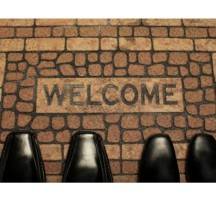
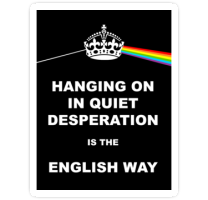
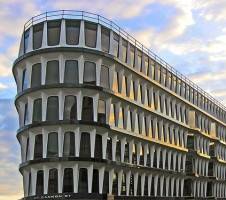
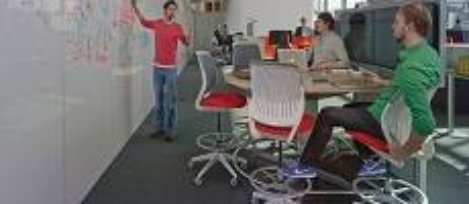

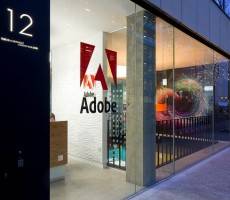
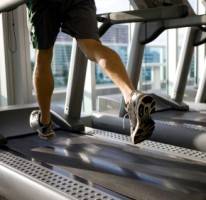












January 28, 2015
How well designed office hives can foster swarm intelligence
by Lee Parsons • Comment, Facilities management, Workplace design
(more…)